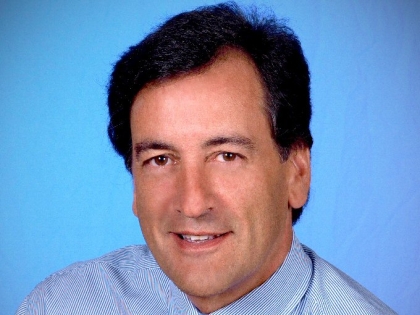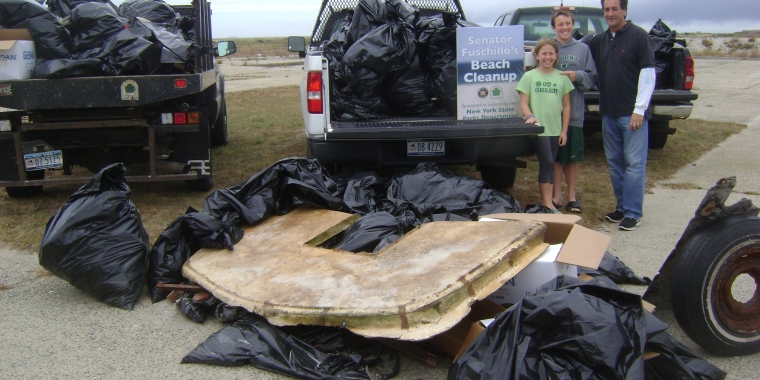
Senator Fuschillo Announces New Law to Require Congenital Heart Defect Screenings for Newborns
Charles J. Fuschillo Jr.
August 2, 2013
-
ISSUE:
- Children
Congenital Heart Defects are the Leading Cause of Infant Death Due to Birth Defects
Senator Charles J. Fuschillo, Jr. (R-Merrick) recently announced that legislation he supported that that will require birthing facilities such as general hospitals and clinics to screen newborns for congenital heart defects through pulse oximetry screening, also known as “pulse ox,” has been signed into law by Governor Cuomo.
Congenital heart defects (CHDs) affect the structure and function of a newborn’s heart. They present in nearly one percent of live births each year, and are the leading cause of infant death due to birth defects, according to the federal Centers for Disease Control and Prevention (CDC). Adding this screening to the required list of examinations by birthing facilities has the potential to save more newborn lives.
“With this simple, cost effective screening, doctors will now be able to detect potentially fatal heart defects in newborns and take the necessary steps to ensure they receive proper treatment before problems arise,” said Senator Fuschillo. “Giving our children a chance at a healthy life from day one is key. I commend the Governor for signing this legislation into law and for protecting infants across New York State.”
According to the CDC, approximately 7,200 babies born each year have critical congenital heart defects (CCHDs), which represents about 25 percent of CHDs. CCHDs account for nearly 30 percent of all deaths of infants under the age of one year and in other infants, they can lead to serious physical or developmental disabilities.
Pulse oximetry screening, which tests the amount of oxygen in a newborn’s blood, can detect many CHDs and most types of CCHDs, which often are not identified through other screening methods for CHD, such as prenatal ultrasounds and routine newborn physical examinations. The screening is non-invasive and painless. It is conducted by attaching sensors to a baby’s hand and foot between 24 and 48 hours of his or her birth. If oxygen levels are too low, additional tests would then be conducted to detect any potential heart defects that may be present in the baby.
With this new law, New York will join nearly half of the states in the U.S. that now require this kind of screening. The movement to include this screening was accelerated in September 2011, when the United States Department of Health and Human Services recommended that pulse oximetry screening for CCHDs be added to its list of recommended screening tests for newborns.
The new law takes effect on January 28, 2014.
####

